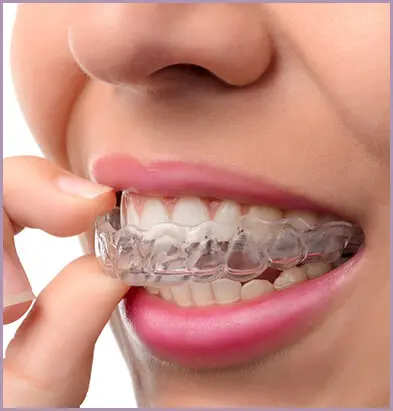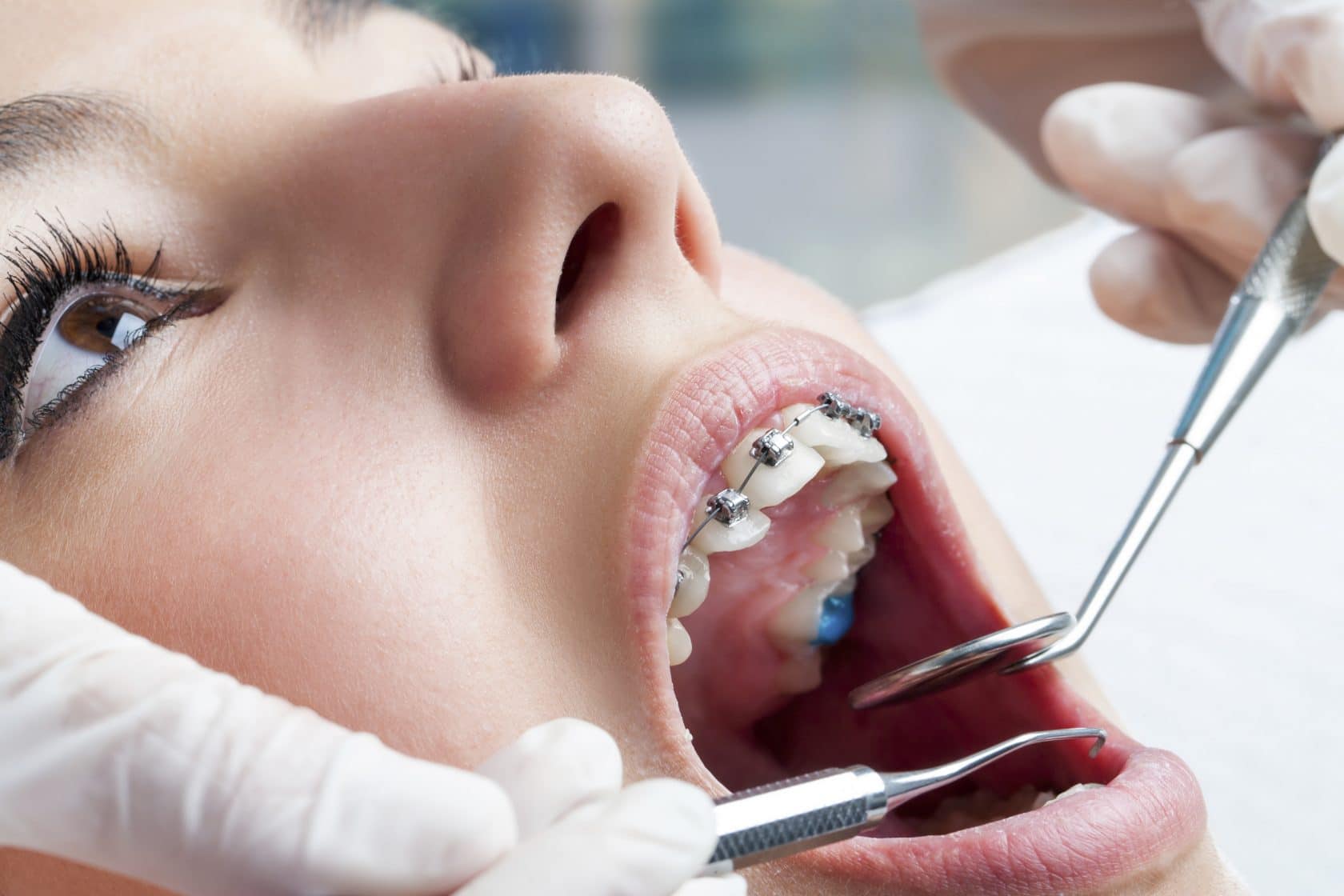Why Cumming Invisalign is the Perfect Option for a Discreet Orthodontic Option
Wiki Article
Comprehensive Guide to Orthodontics Procedures for Remedying Dental Imbalances
Understanding the details of each treatment, including their devices, advantages, and prospective drawbacks, is vital in making informed decisions regarding one's orthodontic therapy. As we browse through the extensive overview to orthodontic procedures for correcting dental misalignments, the complex details of each method will certainly unfold, shedding light on the course towards a useful and harmonious oral alignment.Orthodontic Procedures Review

Normal changes and monitoring are crucial parts of orthodontic therapy to make sure progress is on track and to make any necessary adjustments along the means. By undergoing orthodontic treatments, clients can not just achieve a straighter smile however likewise boost their total dental health and feature.
Conventional Braces: Exactly How They Work
When taking into consideration orthodontic treatments for dental misalignments, typical braces attract attention as a time-tested technique for correcting teeth placing. Standard braces include braces, cords, and bands that interact to use constant stress on the teeth, progressively moving them right into the desired positioning. The braces are affixed to the teeth making use of an unique adhesive, and the wires are threaded via the braces. By changing the tension of the cords, orthodontists can regulate the direction and pressure put on each tooth, assisting them right into proper placement over time.
As stress is applied to the teeth through the braces, the bone bordering the teeth is reshaped to support the new tooth placements. Patients will require routine changes at the orthodontist's office to make sure the dental braces proceed to use the appropriate stress for effective teeth movement.
Unseen Aligners: Disadvantages and pros
These clear, personalized trays are basically unnoticeable when worn, making them an enticing choice for people looking for a much more visually pleasing orthodontic therapy. Clients can eliminate the aligners before consuming or brushing their teeth, decreasing the risk of food getting stuck in the appliance and simplifying the cleansing process.
Surgical Orthodontic Options
Surgical interventions in orthodontics present feasible options for dealing with intricate dental misalignments that might not be effectively settled with standard orthodontic therapies. While typical braces and invisible aligners can deal with lots of orthodontic issues, certain cases need surgical intervention to attain click to read more ideal outcomes. Surgical orthodontic choices are generally advised for severe malocclusions, considerable jaw discrepancies, and instances where the underlying bone structure requires modification to achieve appropriate alignment.One typical medical orthodontic procedure is orthognathic surgical procedure, which entails rearranging the jaws to remedy practical problems such as problem eating or talking. This surgery is commonly done in collaboration with an orthodontist who aids align the teeth before and after the treatment. Surgical orthodontics may likewise include treatments to expose impacted teeth, eliminate excess gum tissue, or improve the jawbone to create a more unified facial account.
Before thinking about medical orthodontic choices, individuals go through an extensive analysis to determine the necessity and possible advantages of such treatments. braces. While surgical procedure might appear daunting, it can dramatically boost both the function and visual appeals of the smile in instances where standard orthodontic therapies fall short
Retainers and Post-Treatment Treatment

Post-treatment care includes adhering to the orthodontist's directions carefully. This might consist of proper dental hygiene practices, participating in follow-up visits, and putting on the retainers as suggested. Failing to abide by post-treatment care guidelines can lead to relapse, where the teeth progressively return in the direction click now of their initial positions. Constant retainer wear, good oral hygiene, and regular oral exams are necessary for keeping the results achieved with orthodontic surgical treatment and guaranteeing the long-term security of the dealt with dental positioning.
Verdict
In final thought, orthodontic procedures provide various choices for remedying dental misalignments. Traditional braces use metal brackets and cables to change teeth into proper placement. Invisible aligners provide an even more discreet option however might not appropriate for all situations. Surgical orthodontic options are offered for a lot more serious imbalances. Retainers are frequently made use of post-treatment to maintain the new placement. On the whole, orthodontic treatments can effectively enhance oral wellness and aesthetic appearance.As we navigate with the detailed overview to orthodontic procedures for remedying oral imbalances, the complex details of each technique will certainly unravel, shedding light on the path towards a harmonious and useful oral positioning. - aligners
One of the most common orthodontic therapies is the usage of dental braces, which consist of metal brackets and cables that use mild stress to gradually move teeth right into the desired position.When thinking about orthodontic treatments for oral misalignments, standard braces stand out as a reliable approach for remedying teeth placing. Additionally, undetectable aligners may not be suitable for complex orthodontic problems that call for even more significant he has a good point teeth motion, as they are commonly recommended for moderate to moderate instances. Retainers are customized orthodontic tools made to hold teeth in their corrected placements after the conclusion of orthodontic treatment.
Report this wiki page